Discover BirdNote Daily
BirdNote Daily

1635 Episodes
Reverse
Elegant Black Terns breed in summer on secluded wetlands across the northern states and Canada. Because of major losses of wetlands in their breeding range — especially in Canada's prairie provinces — Black Tern numbers have dropped dramatically since the 1960s. The future of this beautiful bird depends on protecting and restoring high-quality wetlands. Recent research shows that artificial nest platforms can enhance the terns' breeding success.More info and transcript at BirdNote.org.Want more BirdNote? Subscribe to our weekly newsletter. Sign up for BirdNote+ to get ad-free listening and other perks. BirdNote is a nonprofit. Your tax-deductible gift makes these shows possible. Hosted by Simplecast, an AdsWizz company. See pcm.adswizz.com for information about our collection and use of personal data for advertising.
Skateboarder and birder Dave Mull remembers the first time he heard a Steller’s Jay imitating a Red-tailed Hawk. “These Steller's Jays were pretending to be something they were not, kind of tricking the world,” he says. It got him into the mindset that he could attempt a terrifying new skateboard trick called the “stump jump.”Music in today's episode is by Dave Mull, inspired by the endemic species on Santa Cruz Island, CA.More info and transcript at BirdNote.org.Want more BirdNote? Subscribe to our weekly newsletter. Sign up for BirdNote+ to get ad-free listening and other perks. BirdNote is a nonprofit. Your tax-deductible gift makes these shows possible. Hosted by Simplecast, an AdsWizz company. See pcm.adswizz.com for information about our collection and use of personal data for advertising.
Roosters don’t need to set an alarm to tell them when it’s time to crow — their internal circadian clock lets them anticipate sunrise with remarkable accuracy. To us sleepy humans, it may seem like they all start crowing at once. But scientists have found that roosters follow a strict social hierarchy: only the top bird can issue the first cock-a-doodle-doo of the day!More info and transcript at BirdNote.org.Want more BirdNote? Subscribe to our weekly newsletter. Sign up for BirdNote+ to get ad-free listening and other perks. BirdNote is a nonprofit. Your tax-deductible gift makes these shows possible. Hosted by Simplecast, an AdsWizz company. See pcm.adswizz.com for information about our collection and use of personal data for advertising.
Hudsonian Godwits are tough birds to find, and they were once thought extinct due to overhunting. After nesting at sites scattered in the High Arctic, they migrate south on a route that takes them over the ocean from Canada to South America. In spring, they head north through the Great Plains. Populations are estimated to be in the tens of thousands today, but like many arctic nesters, they are a threatened species.This episode is brought to you in memory of longtime BirdNote fan and supporter, Philip Stoller, and with thanks to his family for their support.More info and transcript at BirdNote.org.Want more BirdNote? Subscribe to our weekly newsletter. Sign up for BirdNote+ to get ad-free listening and other perks. BirdNote is a nonprofit. Your tax-deductible gift makes these shows possible. Hosted by Simplecast, an AdsWizz company. See pcm.adswizz.com for information about our collection and use of personal data for advertising.
In August 2008, Kasatochi Island erupted in the middle of auklet breeding season, burying tens of thousands of chicks in hot ash. At first, the auklets’ future on the island appeared bleak. But in just a few years, the birds had returned in force. Thousands nested within the innumerable chambers left behind by sea-cooled lava.More info and transcript at BirdNote.org.Want more BirdNote? Subscribe to our weekly newsletter. Sign up for BirdNote+ to get ad-free listening and other perks. BirdNote is a nonprofit. Your tax-deductible gift makes these shows possible. Hosted by Simplecast, an AdsWizz company. See pcm.adswizz.com for information about our collection and use of personal data for advertising.
Beaks suited for opening tough, hard seeds — thick, conical beaks — evolved in more than one lineage of birds. Rose-breasted Grosbeaks are related to cardinals, which also have powerful beaks. Evening Grosbeaks belong to the finch family, which includes goldfinches and crossbills — an entire family of seedeaters. But both these grosbeaks were named before their family connections were fully understood.More info and transcript at BirdNote.org.Want more BirdNote? Subscribe to our weekly newsletter. Sign up for BirdNote+ to get ad-free listening and other perks. BirdNote is a nonprofit. Your tax-deductible gift makes these shows possible. Hosted by Simplecast, an AdsWizz company. See pcm.adswizz.com for information about our collection and use of personal data for advertising.
We make it a habit to detail the broad and beautiful spectrum of bird colors, but iridescent feathers are undoubtedly among the most mesmerizing. When sunlight hits the Bufflehead’s dark head feathers at the right angle, their colors transform into shades of the rainbow, from deep violet to green and gold. Common Grackles, caught in natural light, gleam gold, green and blue-purple. Starlings, too. And the dull gray Rock Pigeons shuffling around a city park might reveal a glimpse of the electric teal and lavender, shifting shades on their throat.More info and transcript at BirdNote.org.Want more BirdNote? Subscribe to our weekly newsletter. Sign up for BirdNote+ to get ad-free listening and other perks. BirdNote is a nonprofit. Your tax-deductible gift makes these shows possible. Hosted by Simplecast, an AdsWizz company. See pcm.adswizz.com for information about our collection and use of personal data for advertising.
Ross’s Geese and Snow Geese are both white-bodied waterfowl with black wingtips that can be difficult to tell apart. The pair are a great example of what science calls sister species, which occur when a portion of one species takes an evolutionary step away from the rest, resulting in a species split. In this case, genetic studies suggest that the Ross’s Goose branched away from their Snow Goose relatives more than two million years ago, possibly because advancing glaciers separated the two populations. After spending millennia in isolation, the Ross’s Goose evolved to be about ⅔ the size of a Snow Goose, with a noticeably shorter neck, smaller bill, and higher-pitched voice, too.More info and transcript at BirdNote.org.Want more BirdNote? Subscribe to our weekly newsletter. Sign up for BirdNote+ to get ad-free listening and other perks. BirdNote is a nonprofit. Your tax-deductible gift makes these shows possible. Hosted by Simplecast, an AdsWizz company. See pcm.adswizz.com for information about our collection and use of personal data for advertising.
Found in the Sierra Madre, the Arizona Woodpecker has a special connection to the mountain range. Sharing mid-elevation pine and oaks with fellow border straddlers, these small brown birds with white and brown cheeks stand out from other Woodpeckers with their heavily marked white underparts. Uniquely, they forage by flying to the base of a tree and then spiraling up the trunk. And in courtship, the male turns himself into a paper airplane, holding his wings steady and gliding toward his mate.More info and transcript at BirdNote.org.Want more BirdNote? Subscribe to our weekly newsletter. Sign up for BirdNote+ to get ad-free listening and other perks. BirdNote is a nonprofit. Your tax-deductible gift makes these shows possible. Hosted by Simplecast, an AdsWizz company. See pcm.adswizz.com for information about our collection and use of personal data for advertising.
Swainson’s Hawks make an incredible journey every year, migrating 12,000 miles round-trip from North America’s prairies to Argentina’s pampas. What makes them truly unique is their diet. Most hawks hunt rodents and reptiles, but Swainson’s Hawks switch to insects, feasting on grasshoppers and locusts in South America. In the 1990s, this diet nearly led to disaster when pesticides in Argentina killed over 20,000 hawks in two years. But a successful international conservation effort saved them.More info and transcript at BirdNote.org.Want more BirdNote? Subscribe to our weekly newsletter. Sign up for BirdNote+ to get ad-free listening and other perks. BirdNote is a nonprofit. Your tax-deductible gift makes these shows possible. Hosted by Simplecast, an AdsWizz company. See pcm.adswizz.com for information about our collection and use of personal data for advertising.
Some bird songs leave us in admiration of their beauty, some with a sense of wonder at their complexity—and others are downright comical. As a maker of silly sounds, the male Willow Ptarmigan beats the Three Stooges hands down. But these sounds are no laughing matter. Where it nests in the shrubby willow tundra of Alaska and Canada, the Willow Ptarmigan crows to attract females and show other males he’s in charge of his territory.This episode is brought to you by the Tuttleman Foundation with thanks for their generous support.More info and transcript at BirdNote.org.Want more BirdNote? Subscribe to our weekly newsletter. Sign up for BirdNote+ to get ad-free listening and other perks. BirdNote is a nonprofit. Your tax-deductible gift makes these shows possible. Hosted by Simplecast, an AdsWizz company. See pcm.adswizz.com for information about our collection and use of personal data for advertising.
Over 12,000 miles across at its widest point, you might think the Pacific Ocean is a barrier that even high-flying birds can’t cross. Think again – some species make the trip every year as part of their life cycle. During the spring, Bar-tailed Godwits break up their trip from New Zealand to Alaska with a stop in the Yellow Sea off the coast of East Asia. But for their winter migration, they fly from North America to New Zealand without stopping. The longest recorded godwit journey is over 8,000 miles of uninterrupted flight.More info and transcript at BirdNote.org.Want more BirdNote? Subscribe to our weekly newsletter. Sign up for BirdNote+ to get ad-free listening and other perks. BirdNote is a nonprofit. Your tax-deductible gift makes these shows possible. Hosted by Simplecast, an AdsWizz company. See pcm.adswizz.com for information about our collection and use of personal data for advertising.
Why do birds consistently follow certain routes in their migrations? Pathways of migration evolved, shaped by the wind. During the height of the last ice age, ice-free breeding habitat for songbirds remained in what is now Alaska and parts of Western Canada. Studies of fossil pollen show that consistent winds blew across the continent on a northwest-southeast heading of 155 degrees. Scott Weidensaul recounts in his book Living on the Wind, “A powerful high-pressure center over central Canada pumped strong northwest winds, precisely the conditions that would aid migrants.” The birds rode these tailwinds to traverse the ice fields. And today, the birds still follow this bearing on their migration to South and Central America and the Caribbean.More info and transcript at BirdNote.org.Want more BirdNote? Subscribe to our weekly newsletter. Sign up for BirdNote+ to get ad-free listening and other perks. BirdNote is a nonprofit. Your tax-deductible gift makes these shows possible. Hosted by Simplecast, an AdsWizz company. See pcm.adswizz.com for information about our collection and use of personal data for advertising.
While full-speed-ahead birding can mean spotting a large number of species, there's quiet joy in stand-still birding. Pick a place-forest, field, or marsh. Find a seat that's dry, and hold your binoculars to your eyes. Be still and blend in. After perhaps 20 minutes, birds accept you as part of the landscape and go back to the business of being birds. You might even see a bird like this female Anna's Hummingbird fly to her secret nest.More info and transcript at BirdNote.org.Want more BirdNote? Subscribe to our weekly newsletter. Sign up for BirdNote+ to get ad-free listening and other perks. BirdNote is a nonprofit. Your tax-deductible gift makes these shows possible. Hosted by Simplecast, an AdsWizz company. See pcm.adswizz.com for information about our collection and use of personal data for advertising.
At first glance, many of the sparrows in North America look pretty much the same: like small, drab-colored songbirds hanging out on the ground. But these “little brown jobs” can be fun to identify if you know what field marks to look for!More info and transcript at BirdNote.org.Want more BirdNote? Subscribe to our weekly newsletter. Sign up for BirdNote+ to get ad-free listening and other perks. BirdNote is a nonprofit. Your tax-deductible gift makes these shows possible. Hosted by Simplecast, an AdsWizz company. See pcm.adswizz.com for information about our collection and use of personal data for advertising.
Aleutian Cackling Geese, which have a slighter build and shorter beak than Canada Geese, build their nests on a chain of islands off the western coast of Alaska. In the 1700s, fur traders introduced foxes to the islands, nearly wiping out the geese. For decades, they were believed to be extinct. But in the 1960s, a biologist discovered about 300 birds nesting on Buldir Island. Habitat protections have allowed their populations to recover.More info and transcript at BirdNote.org.Want more BirdNote? Subscribe to our weekly newsletter. Sign up for BirdNote+ to get ad-free listening and other perks. BirdNote is a nonprofit. Your tax-deductible gift makes these shows possible. Hosted by Simplecast, an AdsWizz company. See pcm.adswizz.com for information about our collection and use of personal data for advertising.
In some years, tawny-colored thrushes called Veeries cut their breeding season short. Researchers discovered that Veeries tend to stop breeding early in the same years that the Atlantic hurricane season is particularly severe. Surprisingly, Veeries are sometimes better at predicting hurricane conditions than computer models! Despite their forecasting prowess, though, Veeries are vulnerable to climate change.More info and transcript at BirdNote.org.Want more BirdNote? Subscribe to our weekly newsletter. Sign up for BirdNote+ to get ad-free listening and other perks. BirdNote is a nonprofit. Your tax-deductible gift makes these shows possible. Hosted by Simplecast, an AdsWizz company. See pcm.adswizz.com for information about our collection and use of personal data for advertising.
Owls have a reputation for hooting and hunting at night. But when you take a look – and listen – to the 19 species that live in the U.S. and Canada, it’s clear that these raptors defy stereotypes.More info and transcript at BirdNote.org.Want more BirdNote? Subscribe to our weekly newsletter. Sign up for BirdNote+ to get ad-free listening and other perks. BirdNote is a nonprofit. Your tax-deductible gift makes these shows possible. Hosted by Simplecast, an AdsWizz company. See pcm.adswizz.com for information about our collection and use of personal data for advertising.
Bird feeders and birdbaths are great ways to attract birds to your yard, but they aren’t the only ways to entice our feathered friends. Planting an area densely with native shrubs, trees, and other vegetation can create a natural look that some birds are more likely to feel at home in because it resembles their native habitat. Shy singers, like the Fox Sparrow or Veery, will repay you with their beautiful songs.More info and transcript at BirdNote.org.Want more BirdNote? Subscribe to our weekly newsletter. Sign up for BirdNote+ to get ad-free listening and other perks. BirdNote is a nonprofit. Your tax-deductible gift makes these shows possible. Hosted by Simplecast, an AdsWizz company. See pcm.adswizz.com for information about our collection and use of personal data for advertising.
In the center of Oakland, California, is Lake Merritt. People row in it, picnic and jog around it, and it's a place of respite within the city. And it hosts waterbirds such as ducks, geese, egrets, pelicans, cormorants, and coots. A beautifully illustrated field guide by Alex Harris, Birds of Lake Merritt, describes the birds found around the waters of Lake Merritt, its history since the Ohlone peoples have populated it, all the way till today.More info and transcript at BirdNote.org.Want more BirdNote? Subscribe to our weekly newsletter. Sign up for BirdNote+ to get ad-free listening and other perks. BirdNote is a nonprofit. Your tax-deductible gift makes these shows possible. Hosted by Simplecast, an AdsWizz company. See pcm.adswizz.com for information about our collection and use of personal data for advertising.


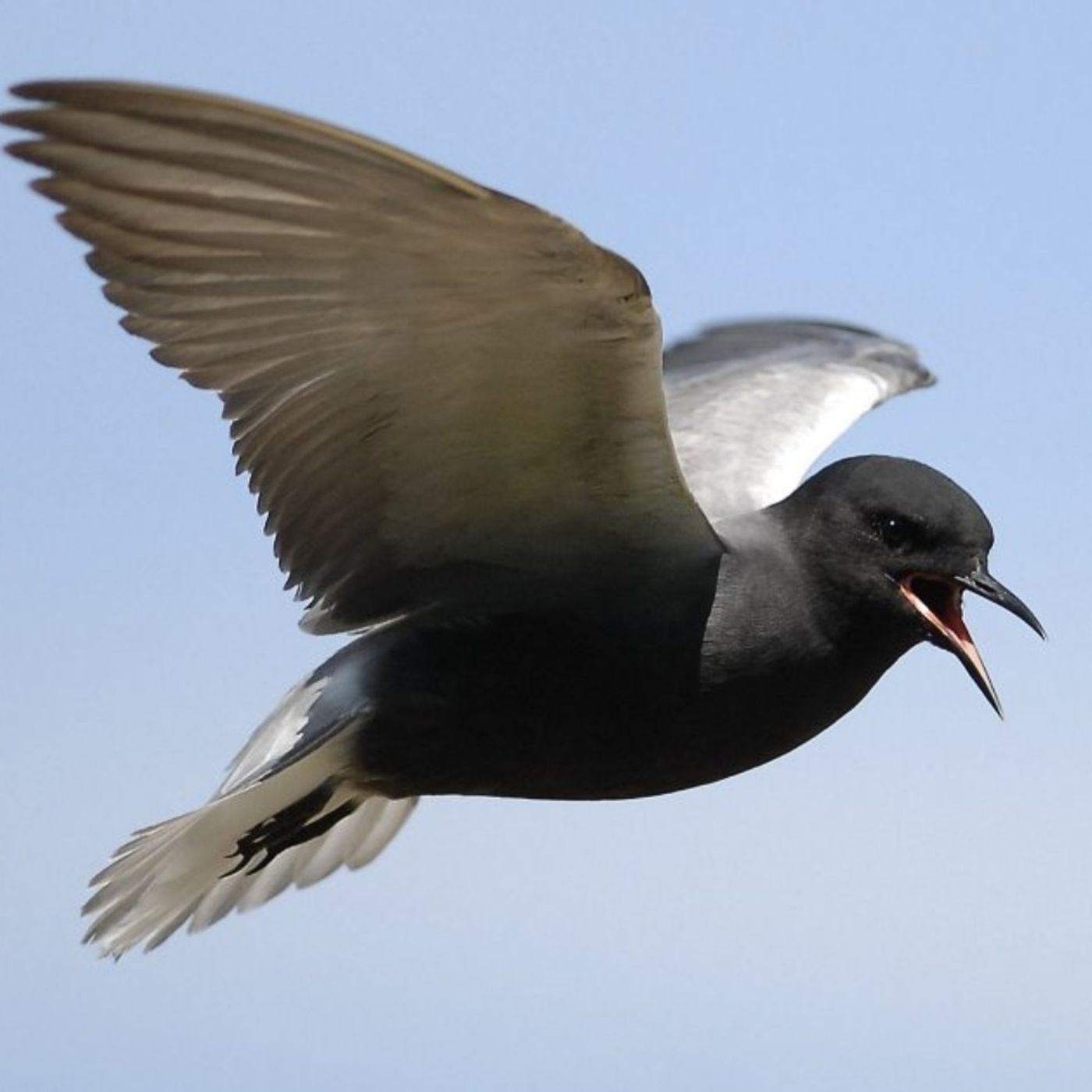
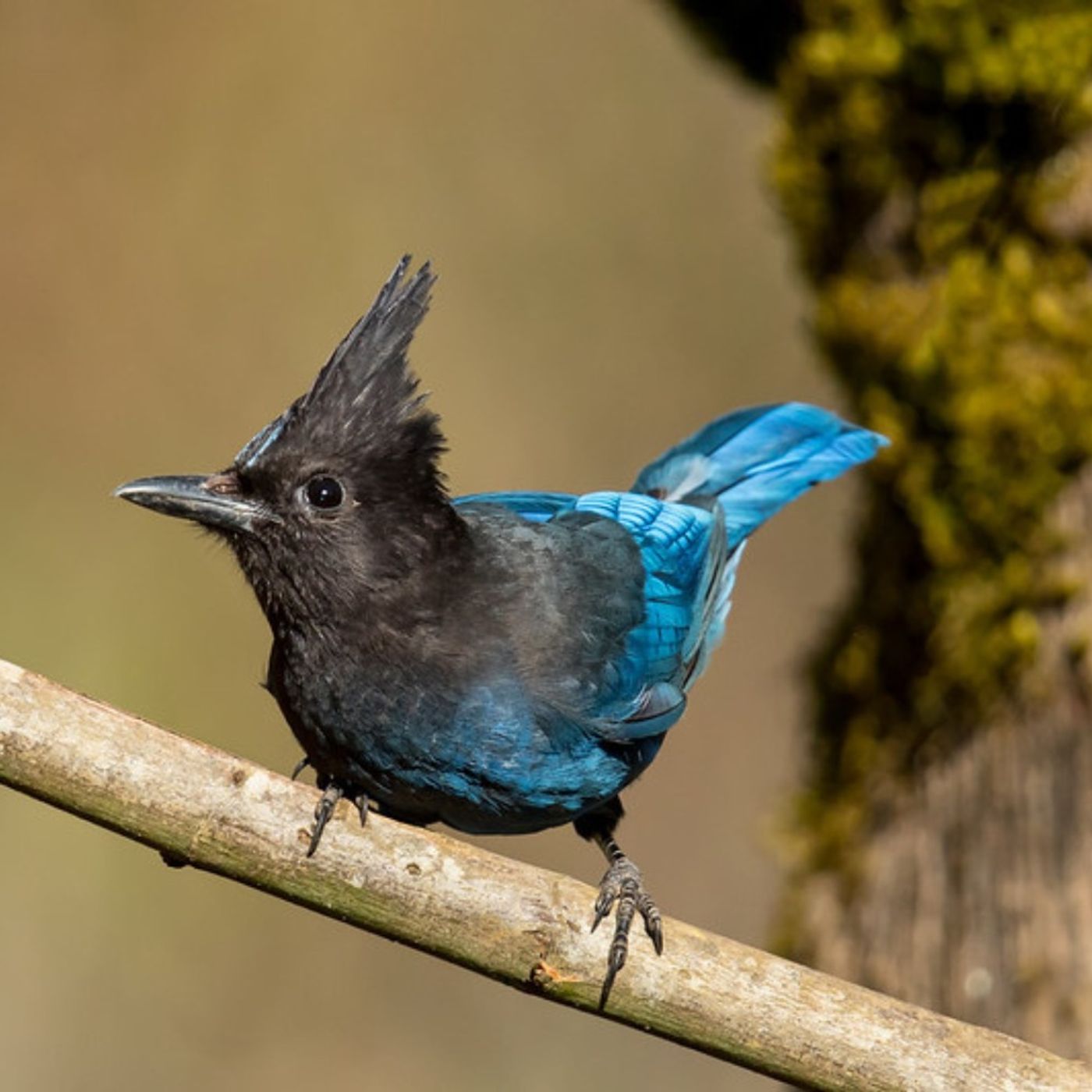
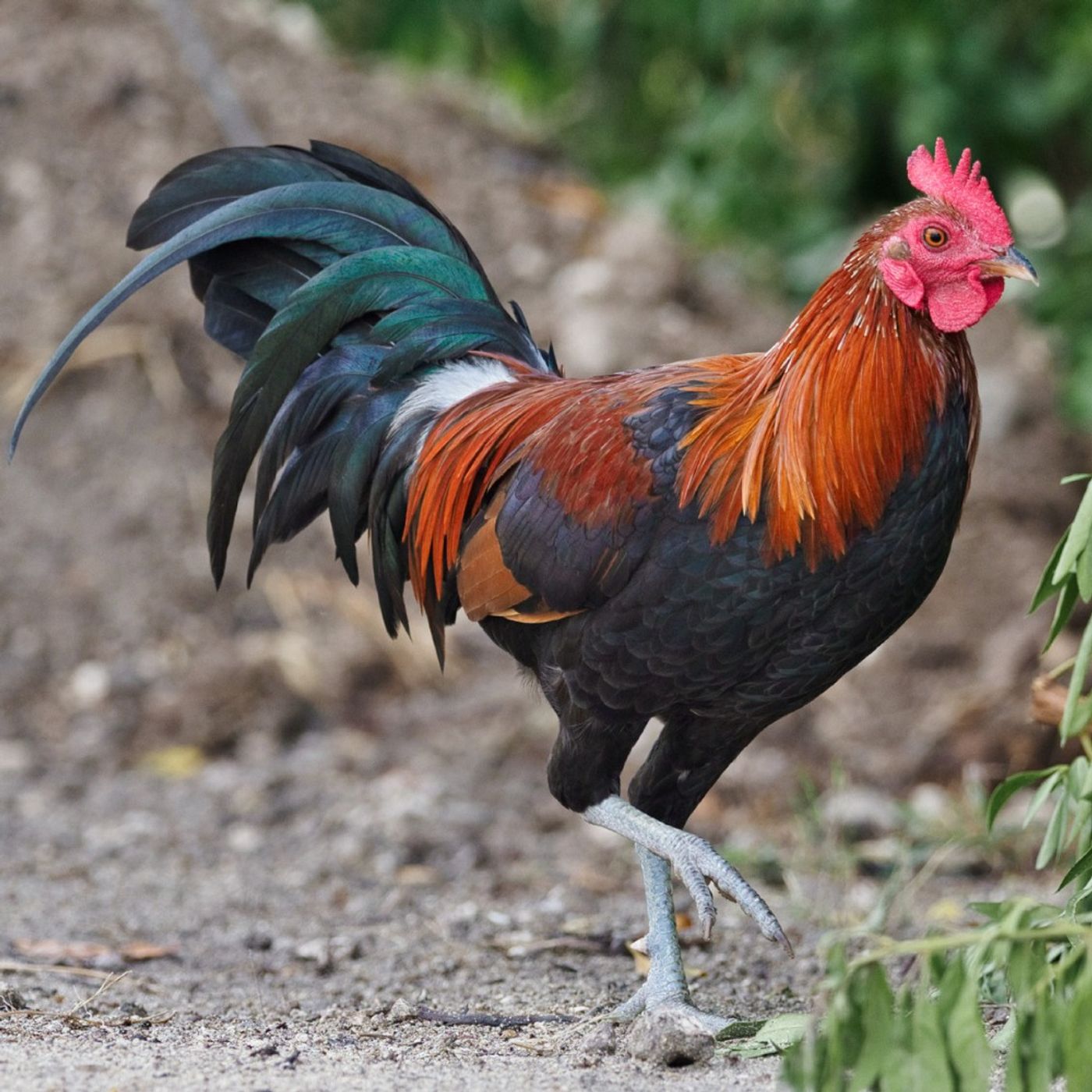
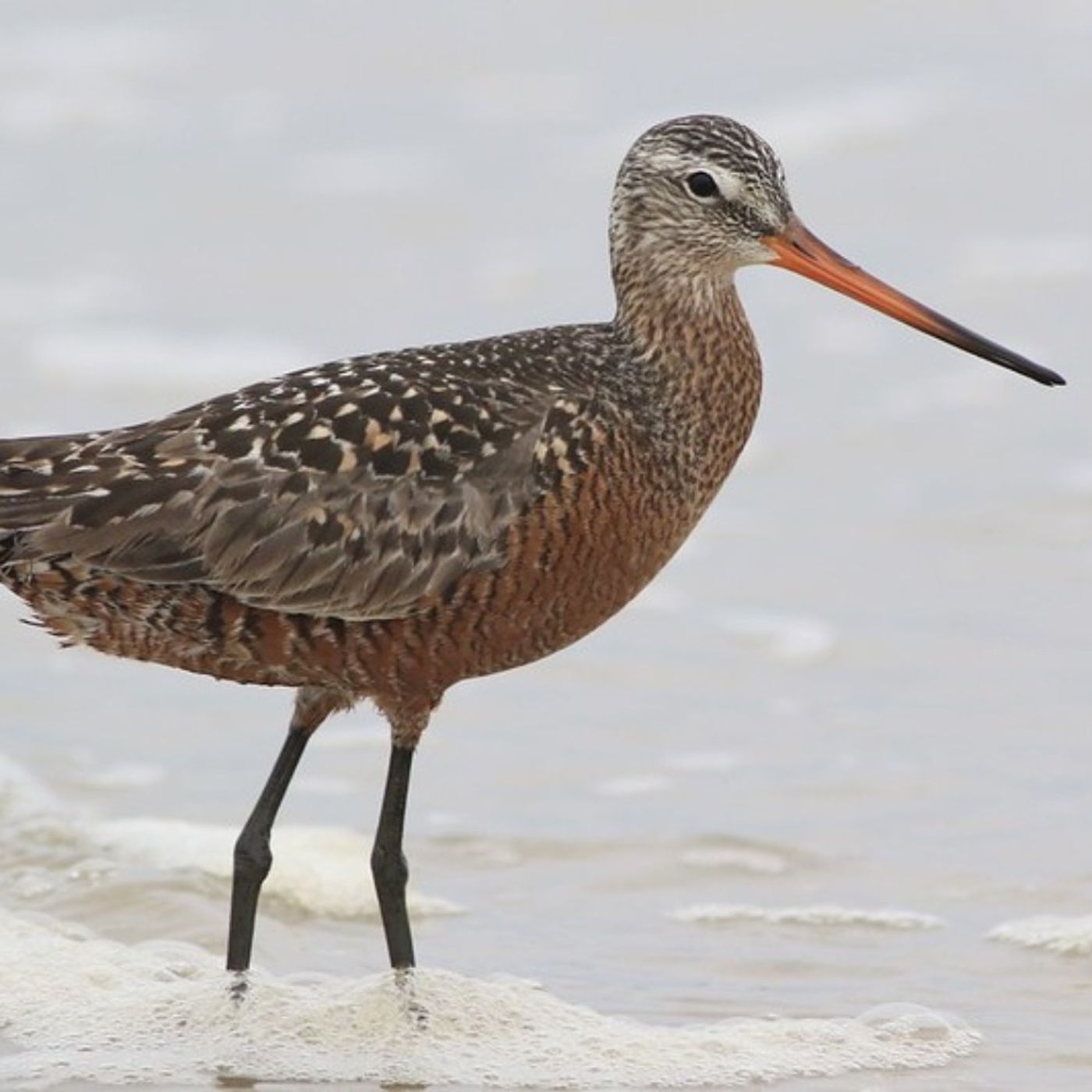
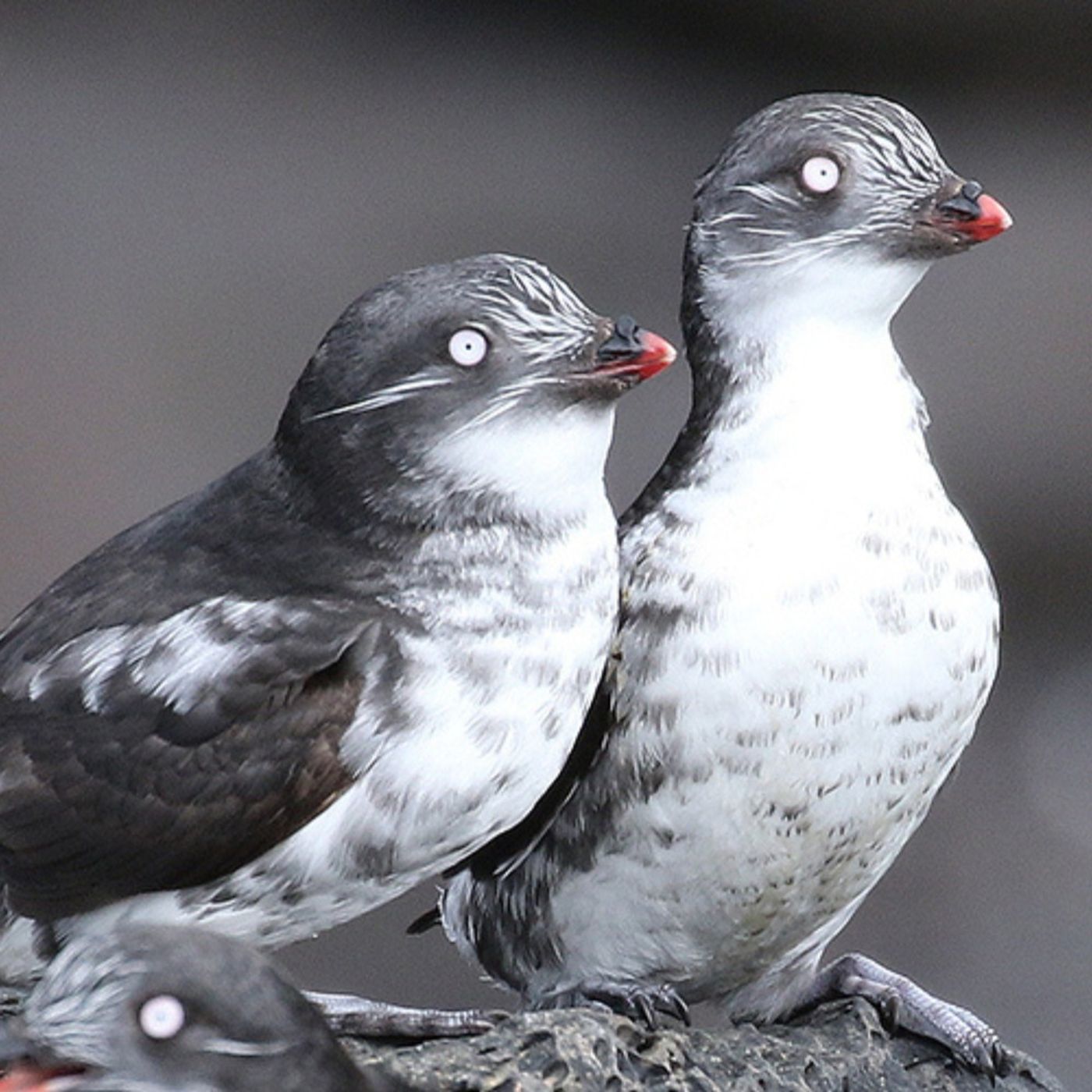
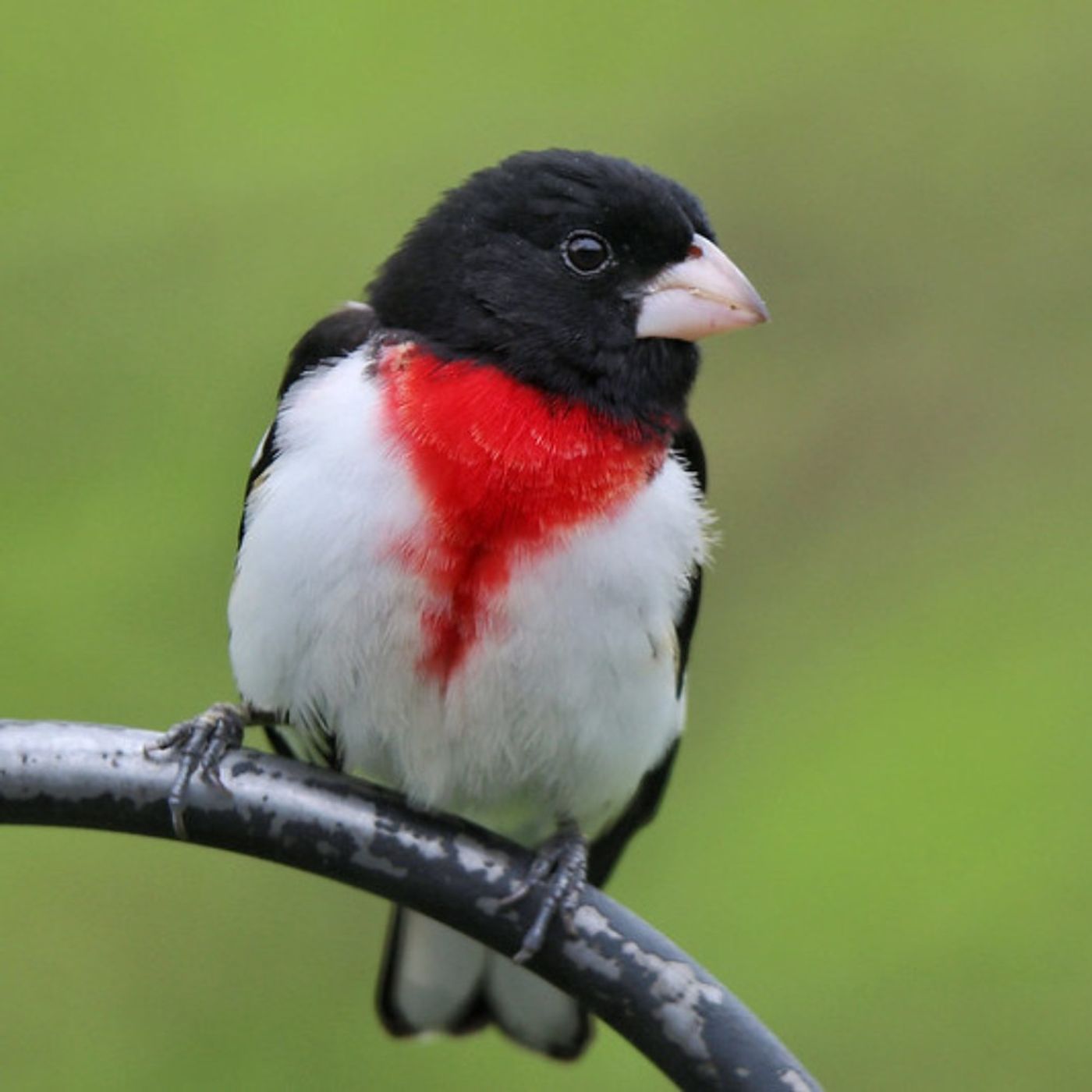
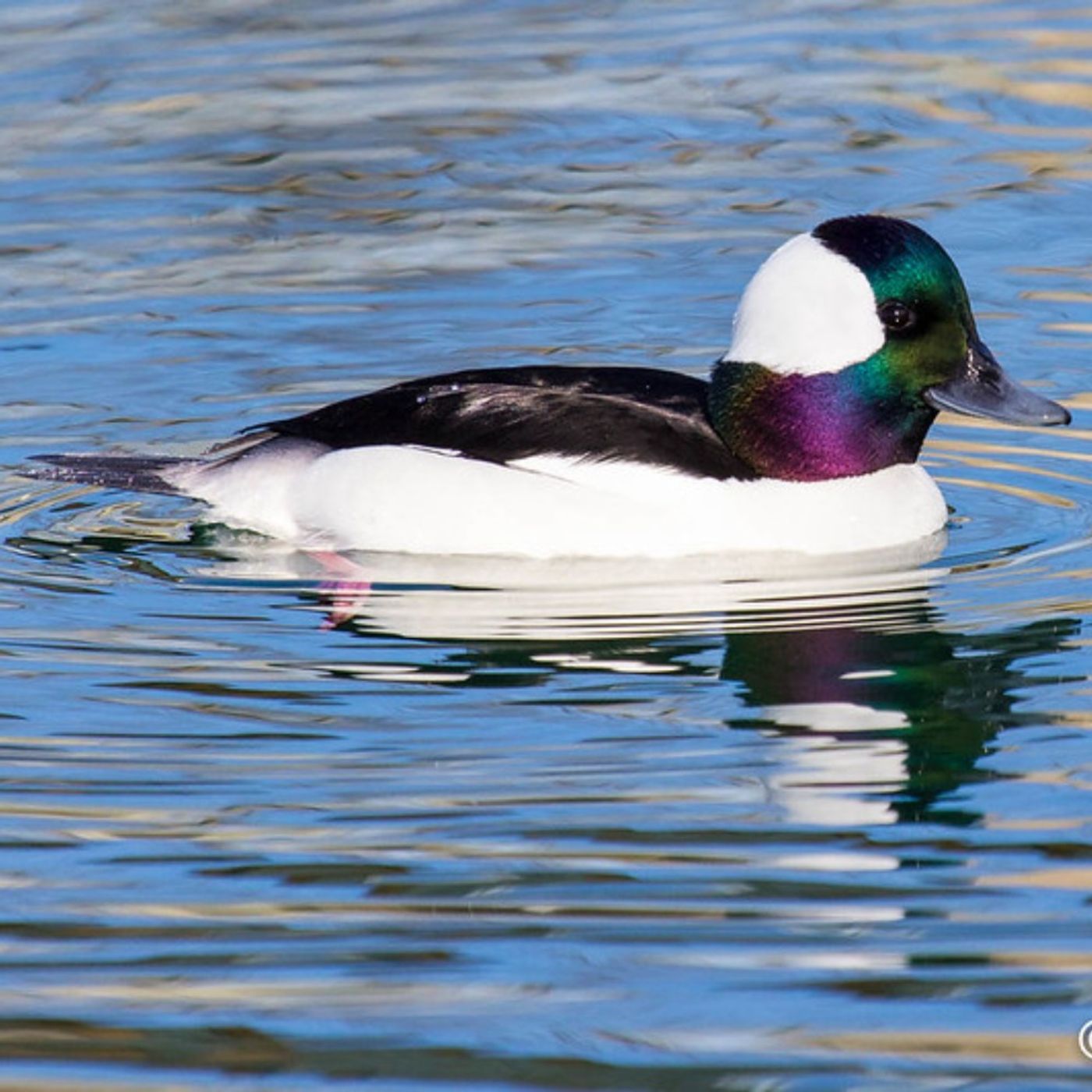
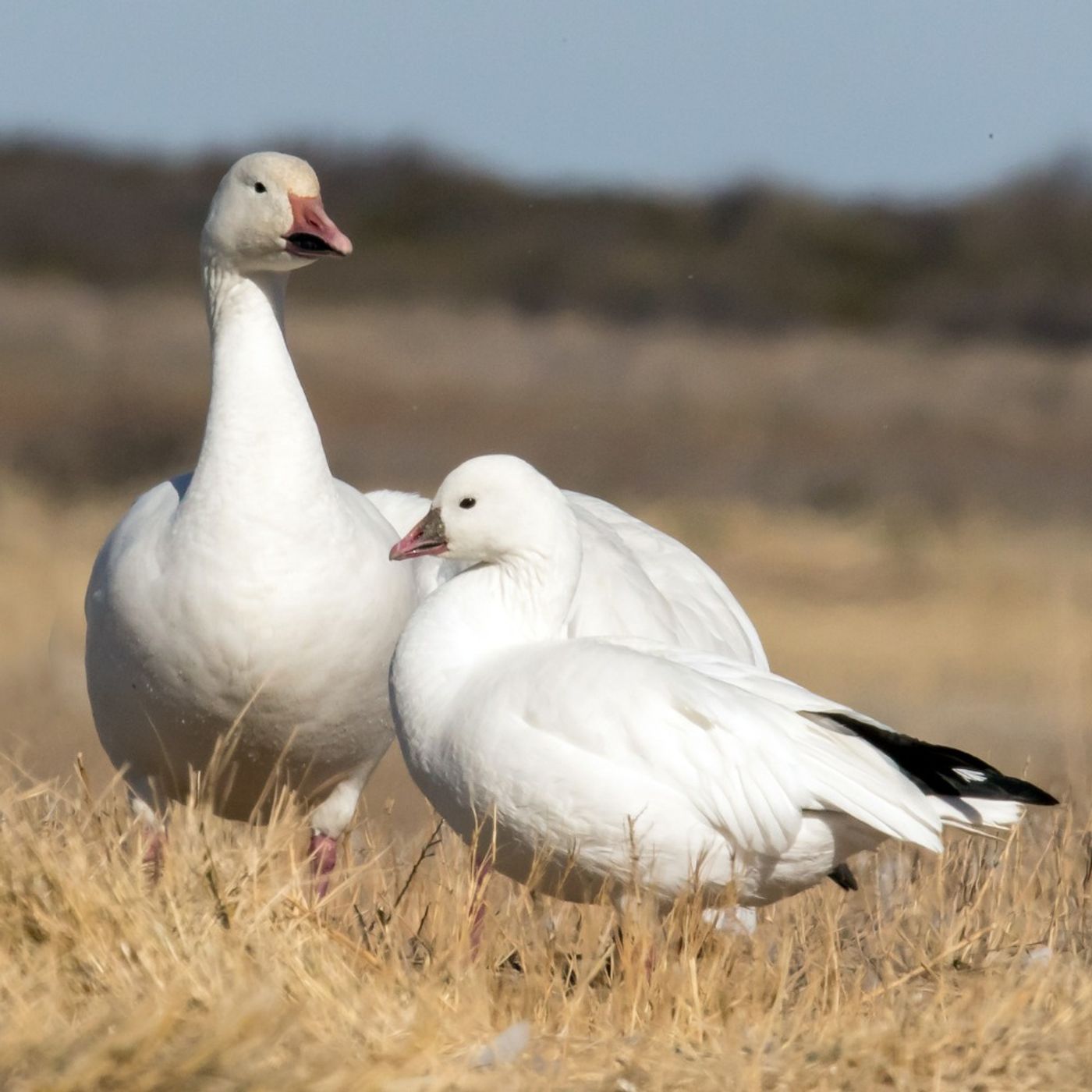
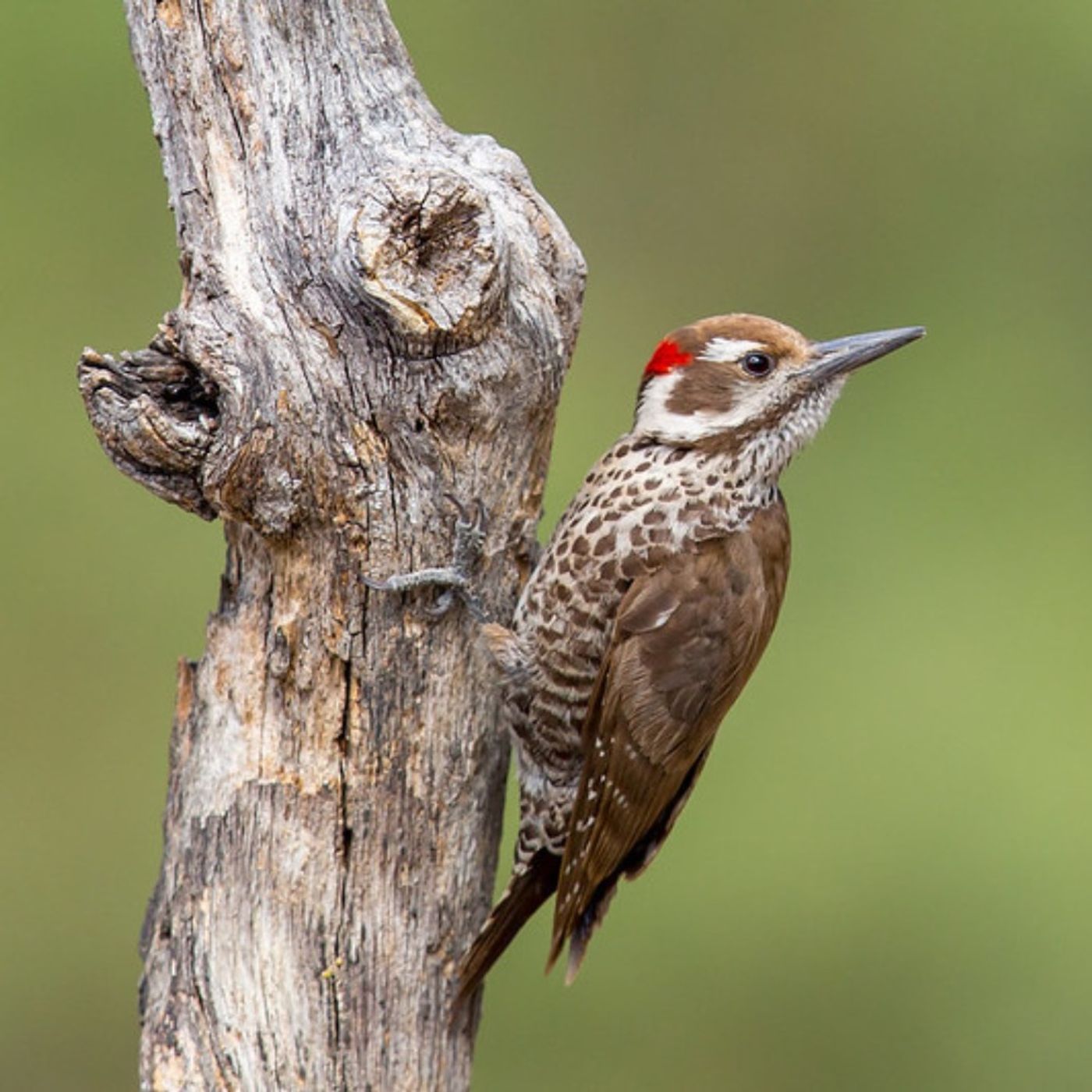
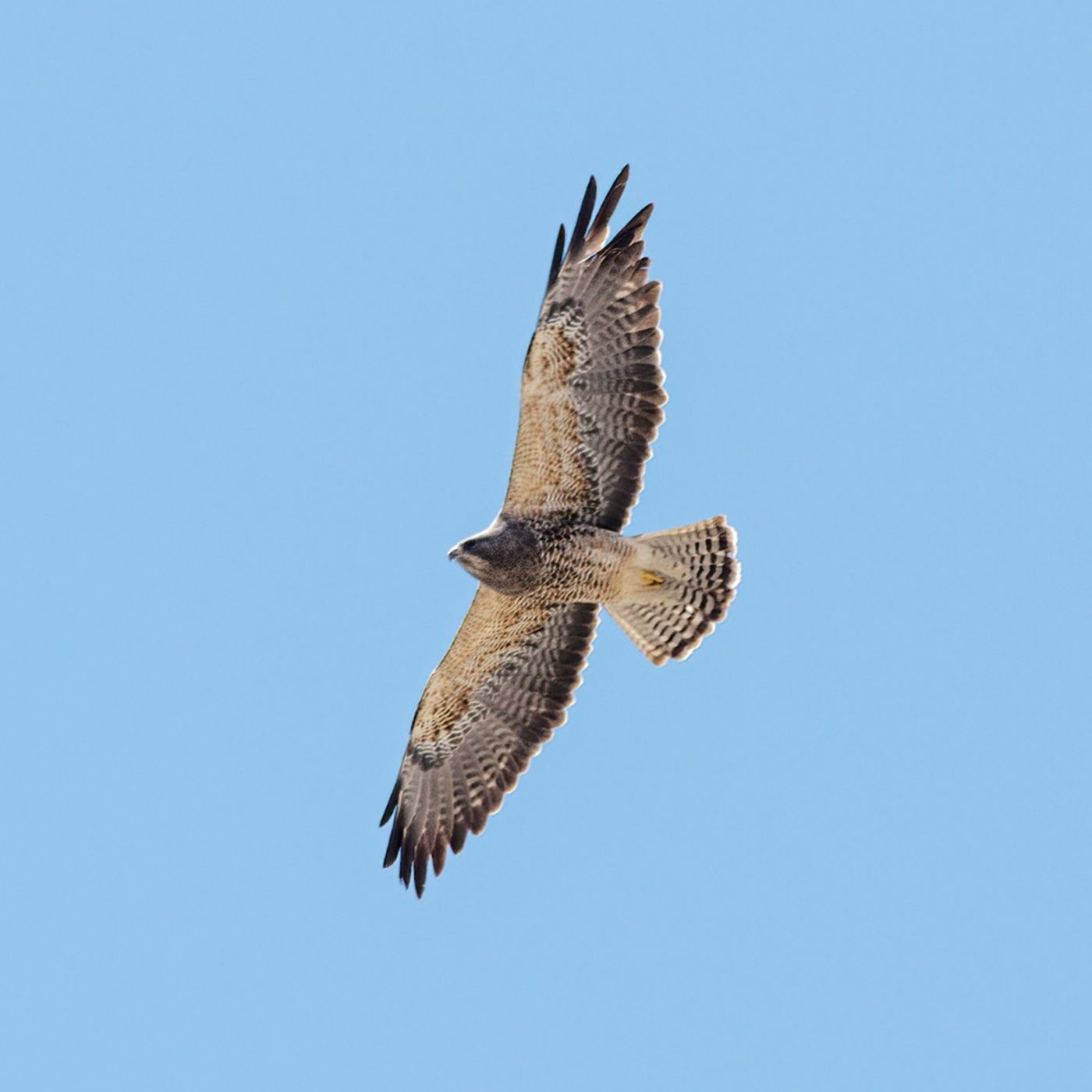
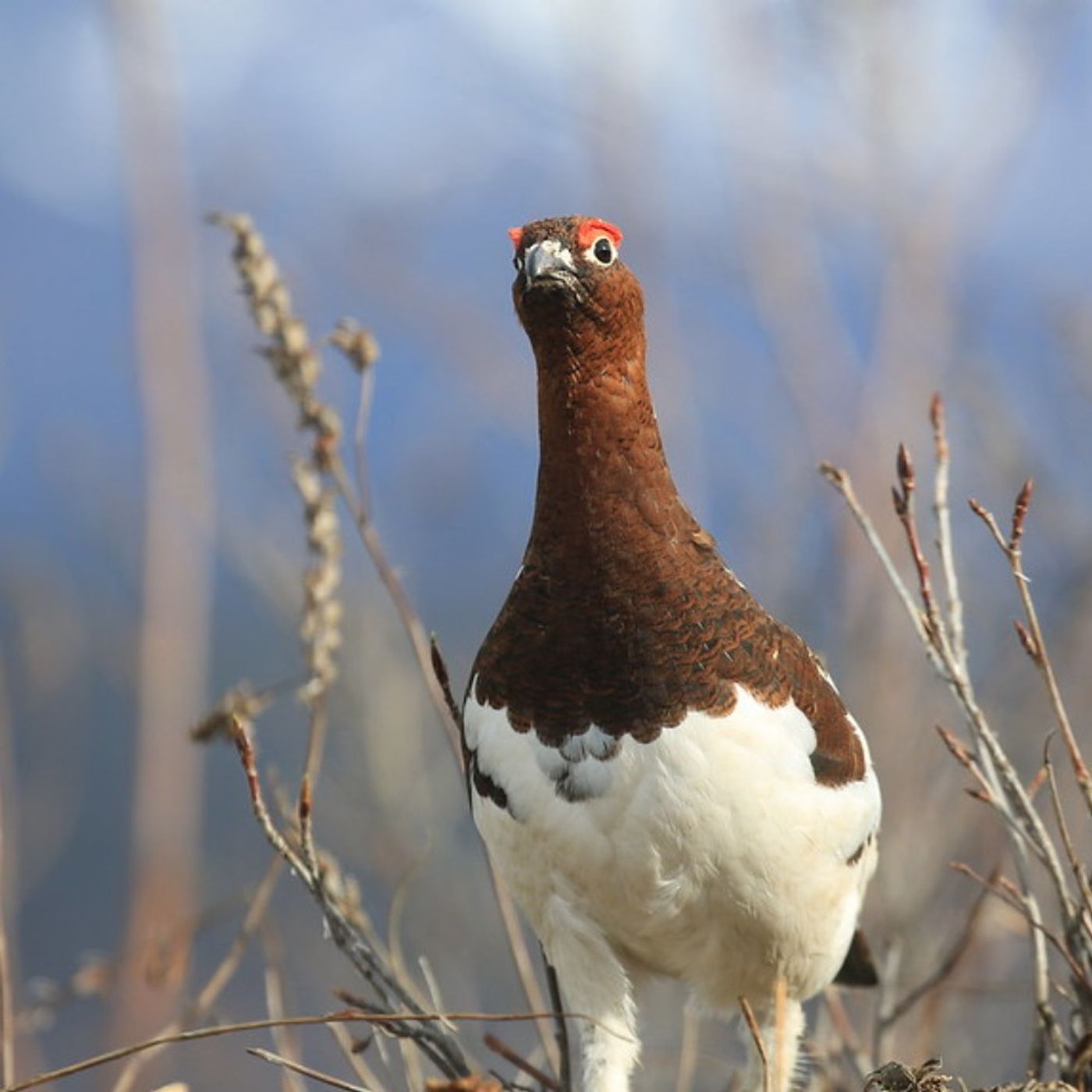
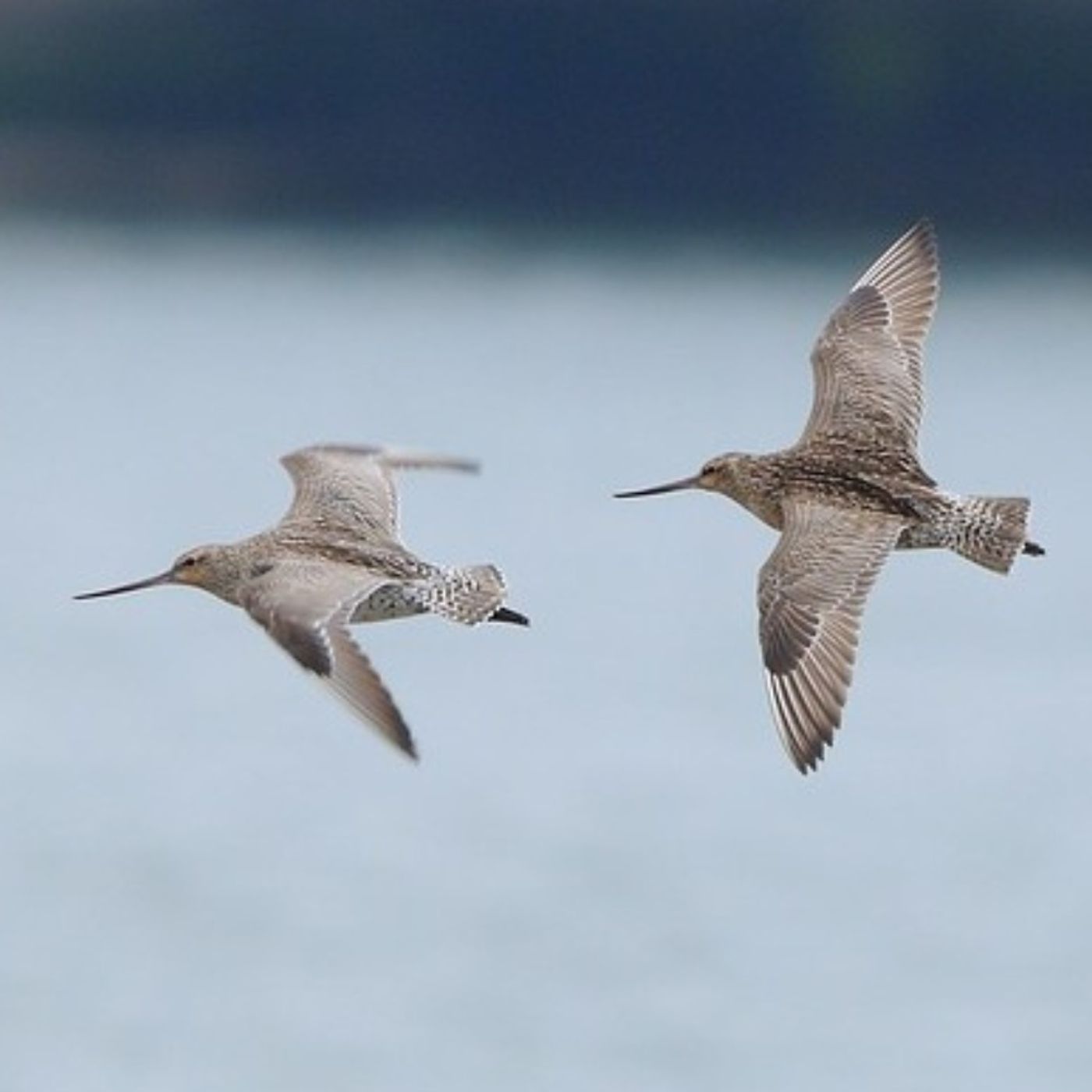
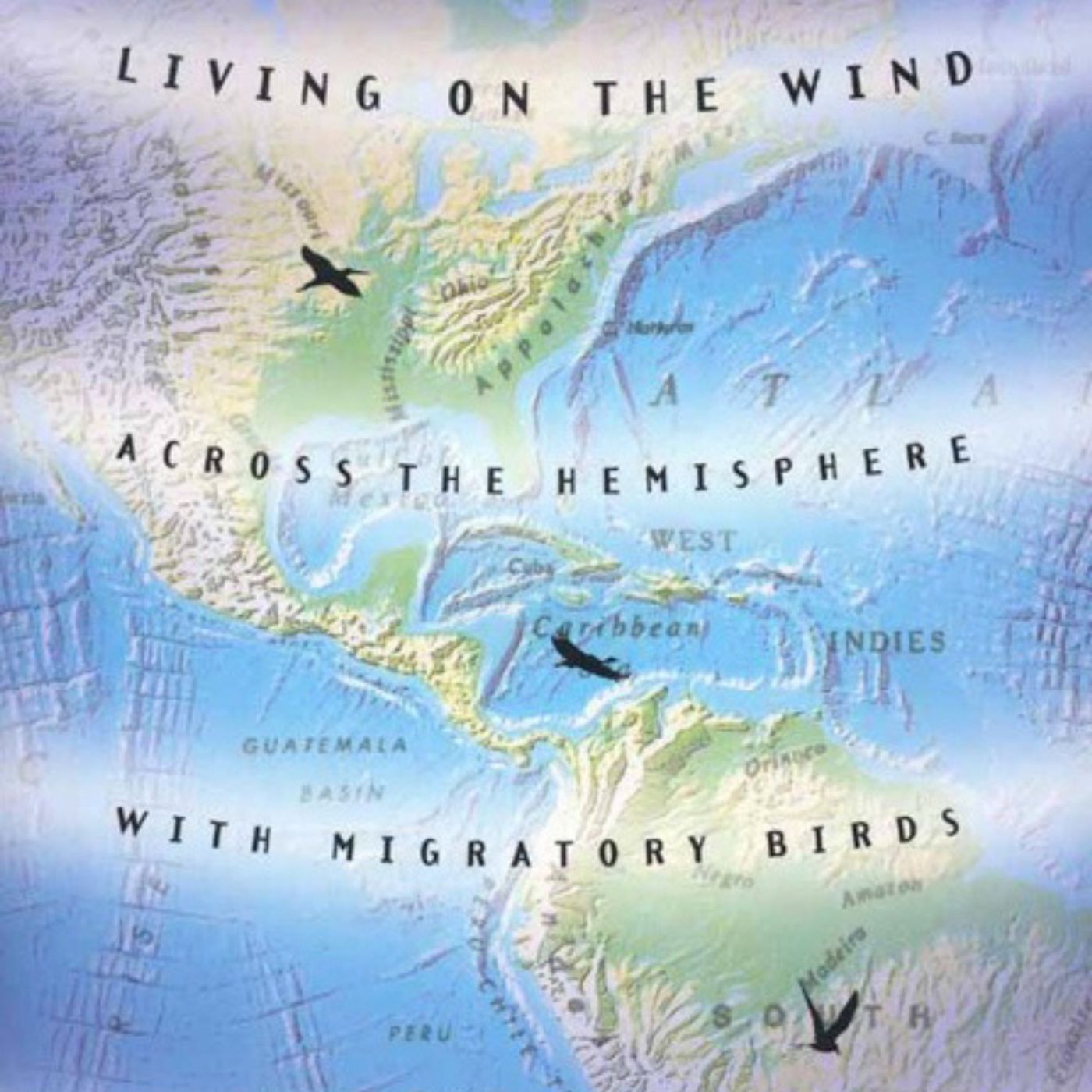
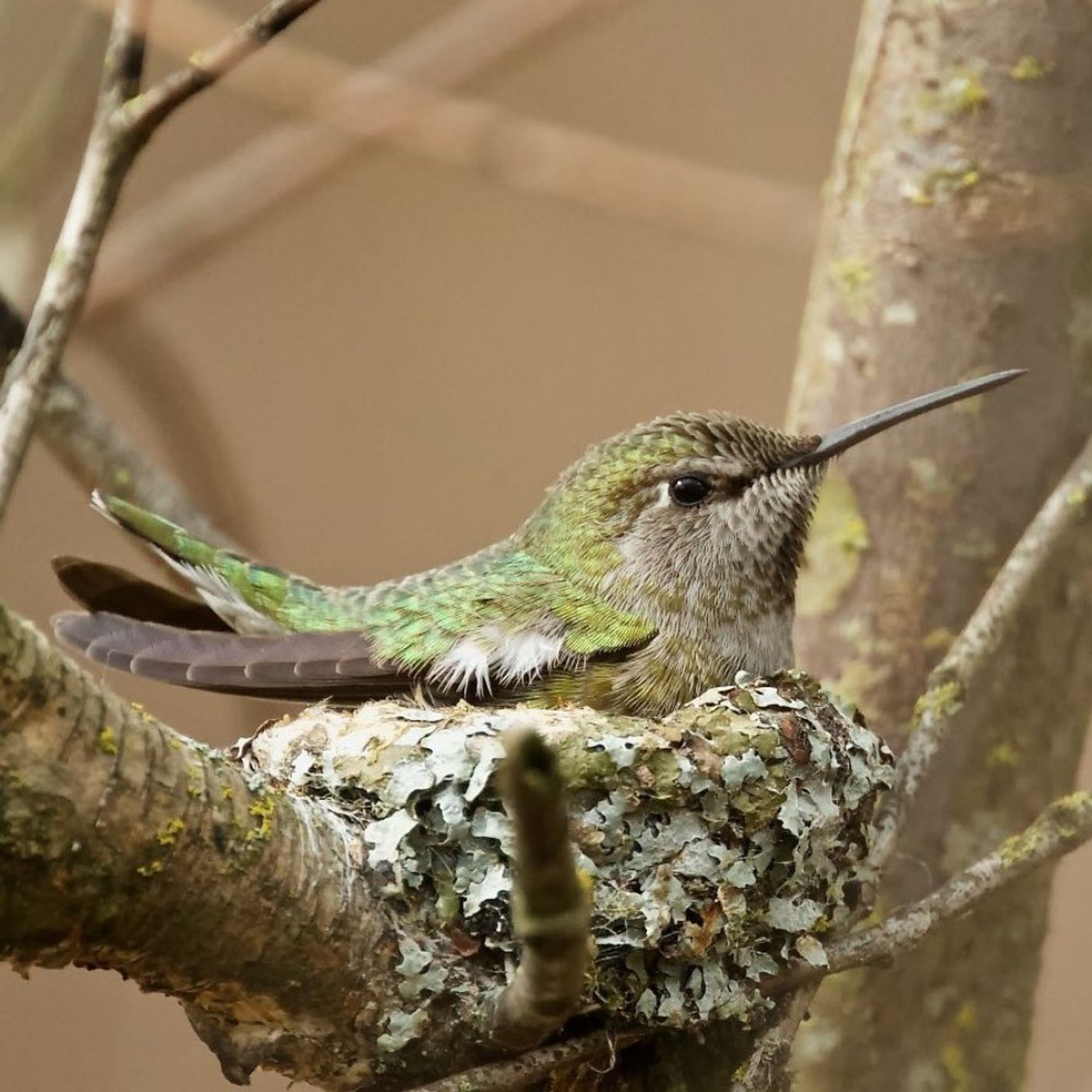
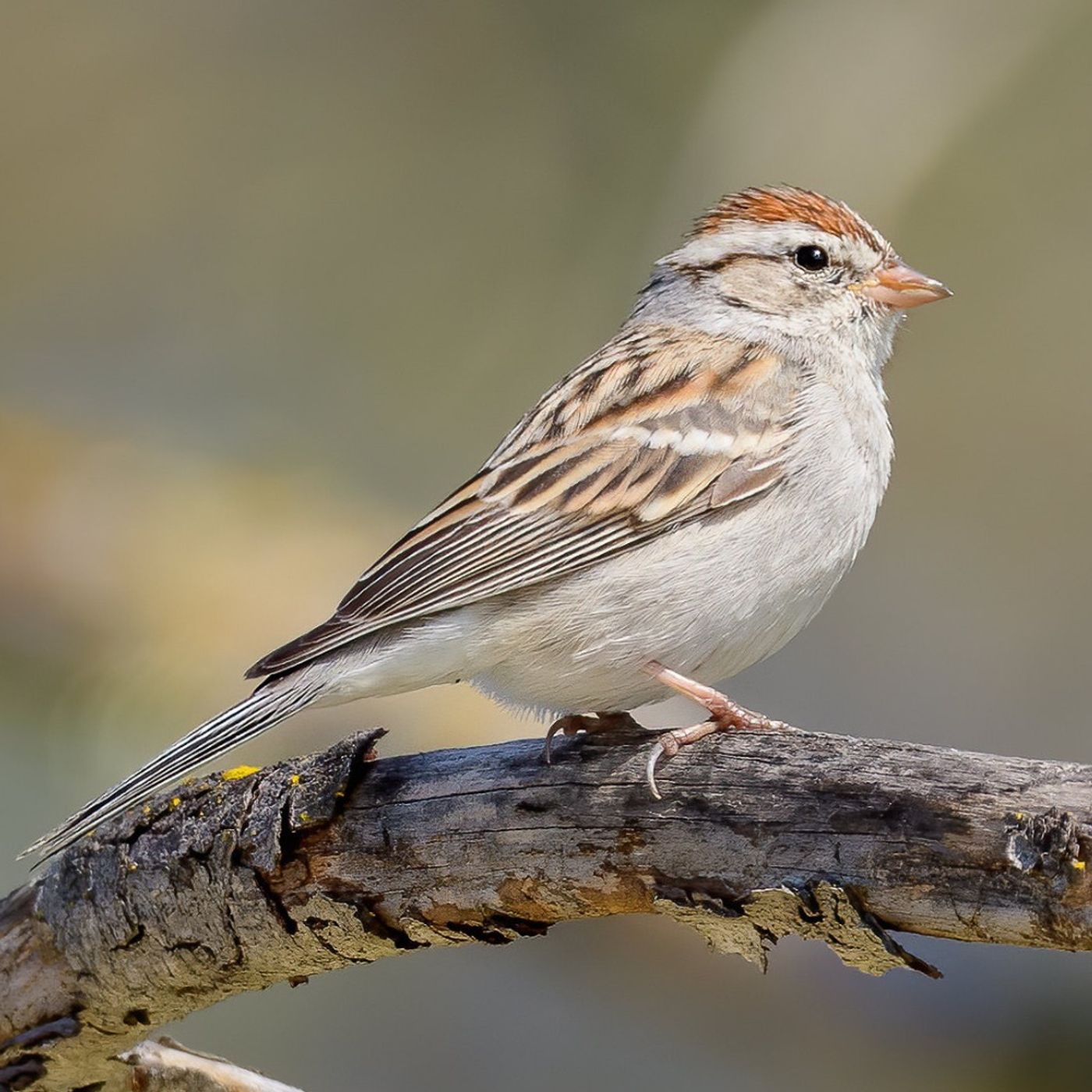
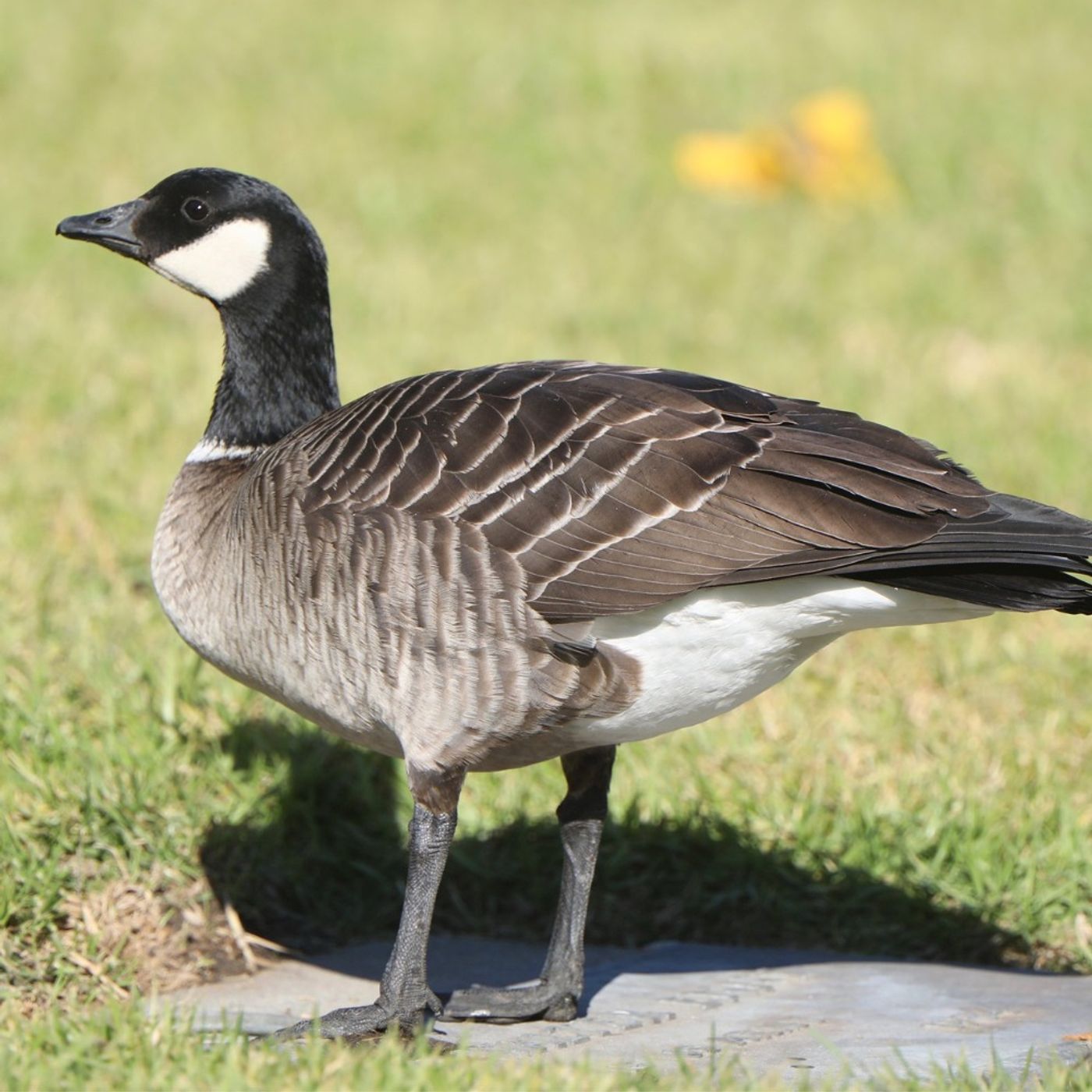
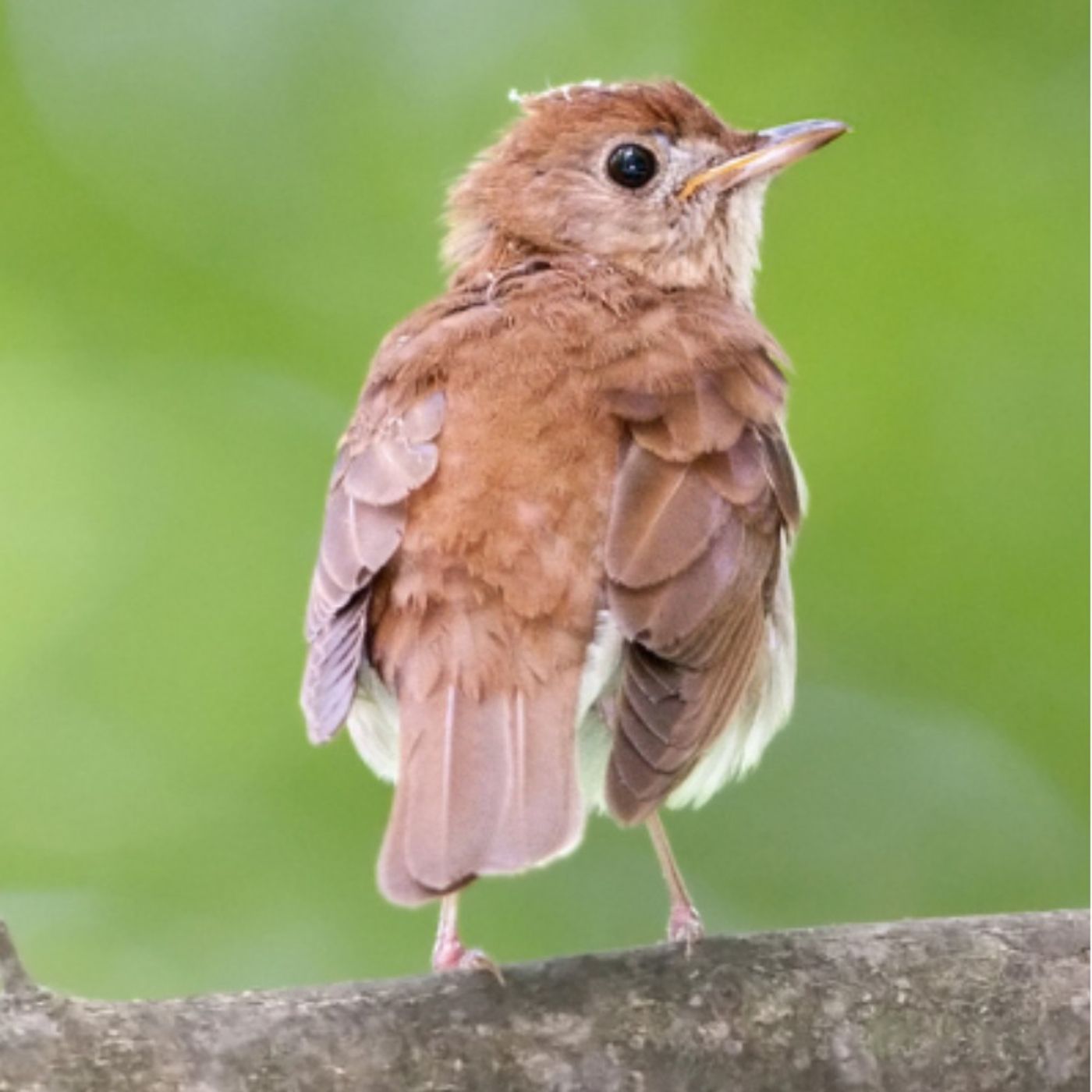
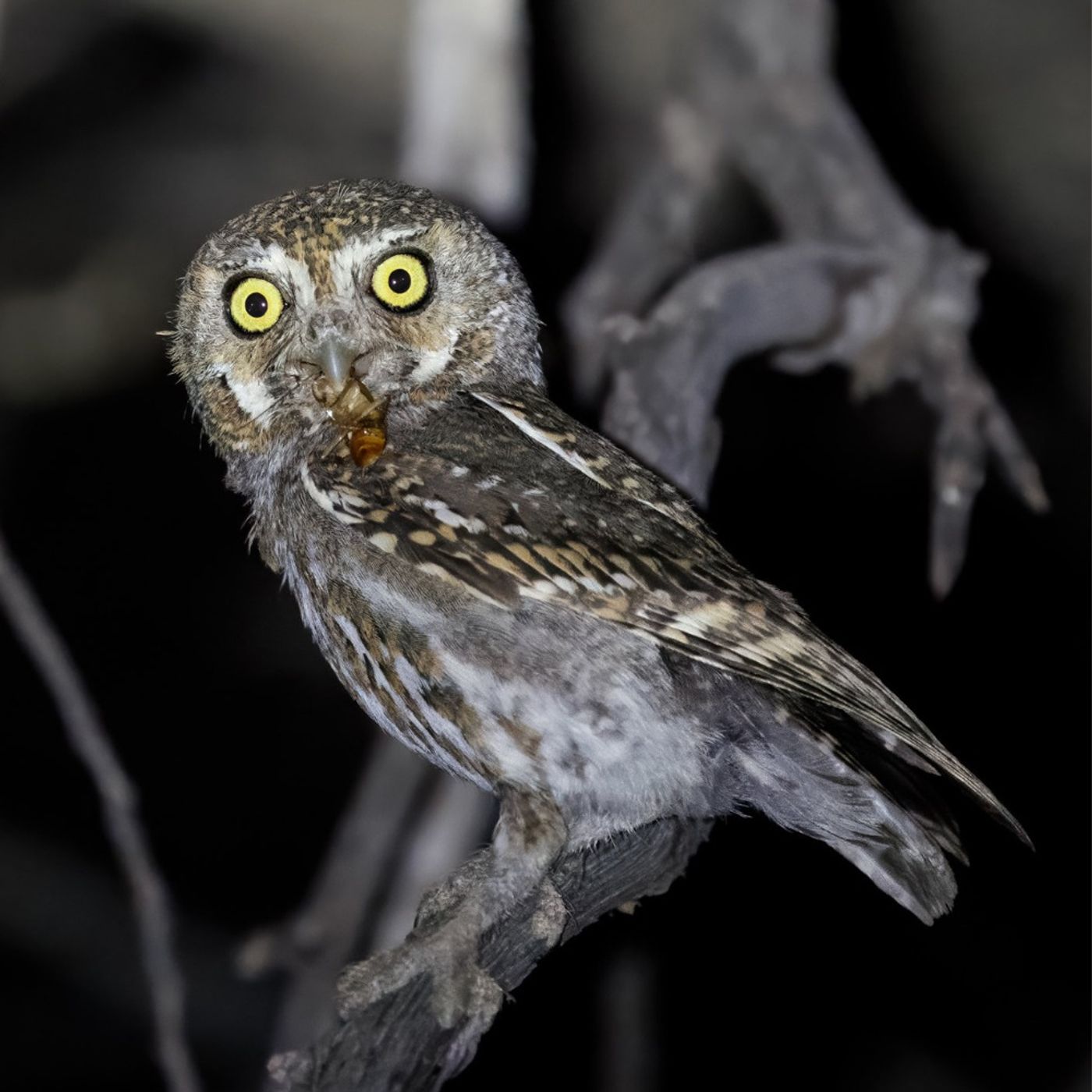
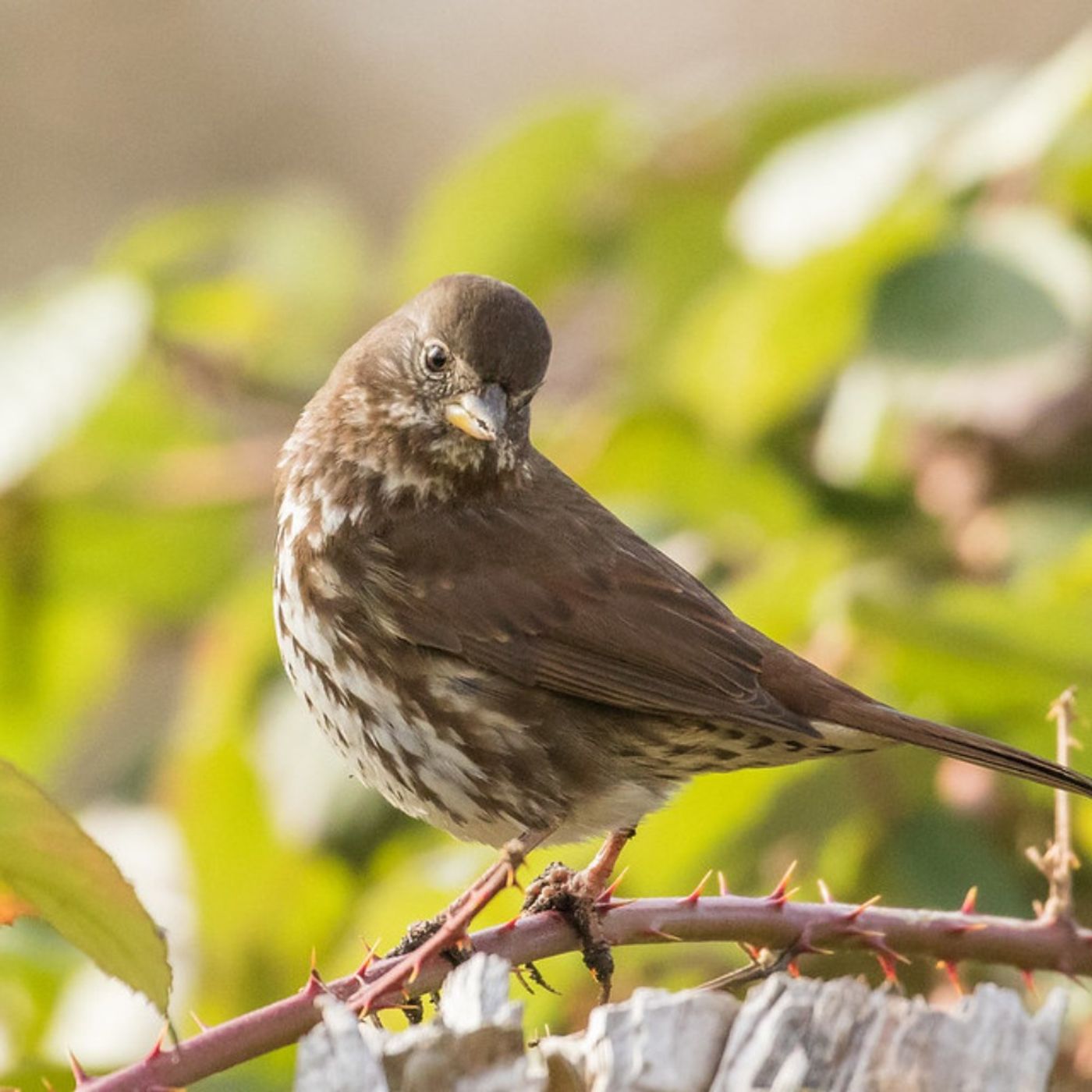




Concrete and Driveway Cleaning is important to keep your outdoor spaces looking neat and safe. Over time, dirt, oil stains, and mold can build up, making the surface look dull and slippery. Regular cleaning helps remove these stains and prevents damage. A clean driveway not only improves the look of your home but also makes it safer to walk and drive on. Whether using water, a brush, or a pressure washer, keeping your concrete and driveway clean is a simple way to maintain your home’s beauty and value.https://615softwash.com/concrete-and-driveway-cleaning
⭐⭐⭐⭐⭐ https://nativeplantfinder.nwf.org/ Find a US zip code on the same latitude, as you are. And you find trees + plants & animals etc. For every plant and tree. Enjoy the hunt. (^^,)
Yeps humans do it too. (^^,) From Republic of Tuva is what you hear last in this episode. AND you will find more here to watch. : https://m.youtube.com/watch?v=Mkm9N_T_mgk&list=PLFvjMOwDLtDC-Qk4DkviD9IYq_cb9GfiI&index=35&pp=gAQBiAQB8AUB ,Ohhh and this lady is a very good singer too. https://m.youtube.com/watch?v=Mkm9N_T_mgk&list=PLFvjMOwDLtDC-Qk4DkviD9IYq_cb9GfiI&index=35&pp=gAQBiAQB8AUB ENJOY And remember that all people do this, when they speak and sing.
Love this https://midhunp.com/
wow https://shalushaan.com
I love how creative and insightful these episodes are. Thank you
how lovely!
,
This podcast is wonderful & so informative. Thanks for sharing.